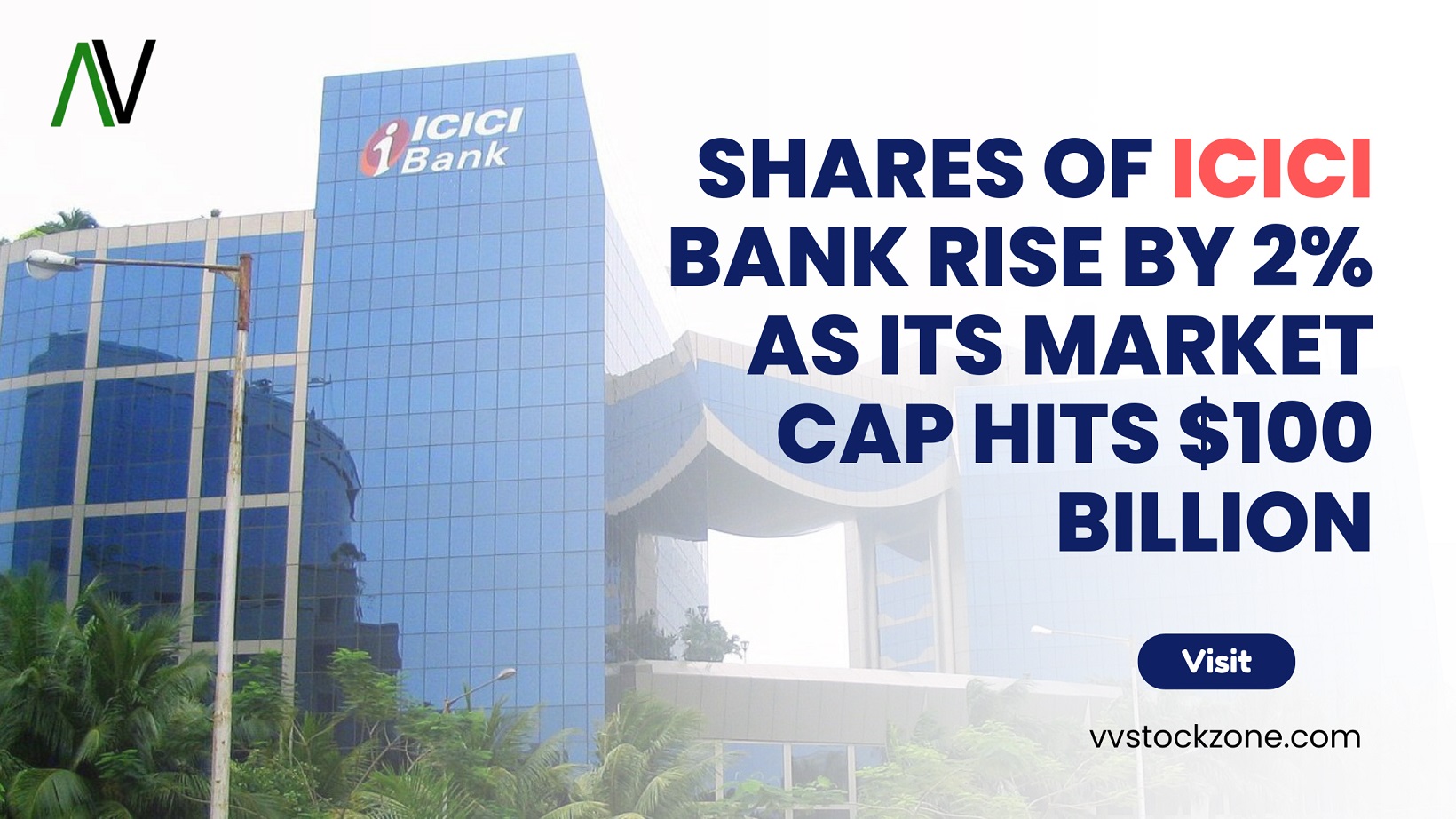What Is Market Capitalization?
Market capitalization is the total market value, expressed in dollars, of an organization’s outstanding stock shares. This number, rather than sales or total assets, is used by the investment community to assess a company’s size. The market capitalization is utilized in acquisitions to ascertain whether a potential takeover target is a good value for the acquirer.
Understanding Market Capitalization
Determining the worth of a company is a crucial undertaking that can be challenging to accomplish promptly and precisely. For publicly traded companies, market capitalization provides a quick and simple way to estimate a company’s value by extrapolating what the market believes it is worth. Simply multiply the share price by the total number of shares available in such a scenario.
The supply and demand of a company’s shares in the market determines its price once it goes public and begins trading on the exchange. Price increases are likely if favorable factors lead to a high demand for the company’s shares. Sellers may lower the price of the stock if they believe there is less room for future growth for the company. The company’s current value is then estimated from the market capitalization.
Importance of Market Cap
Market capitalization shows how big a company is. It is an essential analytical tool, especially for business comparisons.
Since market cap must be interpreted in relation to all other financial metrics, it is common practice to use it as a baseline for analysis. For instance, one business might have made twice as much money as every other business in the sector. However, one could argue that the company is underperforming if its market capitalization is four times larger.
Market Cap And Investment Approach
The market cap is an easy-to-use and useful metric for risk assessment. It can help you decide which stocks to buy and how to diversify your portfolio by holding a variety of sizes of companies.
Market capitalization of large-cap (also known as big-cap) companies is usually $10 billion or higher. These businesses are typically well-established, long-standing players in their respective fields. Large-cap stocks may not always yield enormous returns quickly, but over the long term, investors can typically expect steady increases in share value and dividend payments from these companies. A few examples of large-cap firms are Alphabet Inc., the parent company of Google, Apple Inc., and Microsoft Corp. Please note that this is an ever-changing sample.
The market capitalization of mid-cap companies typically ranges from $2 billion to $10 billion. Mid-cap firms are well-established businesses that function in a sector of the economy that is predicted to grow quickly. Mid-cap businesses are currently growing. Because they are less established than large-cap companies, they are inherently riskier, but their growth potential makes them appealing. One example of a mid-cap company is Eagle Materials Inc. (EXP).
Small-cap firms are typically defined as those with a market capitalization of $300 million to $2 billion. These tiny businesses might be more recent, cater to emerging markets, or both. Because of their size, age, and target markets, these businesses are regarded as riskier investments. Economic downturns affect smaller businesses more acutely because they have fewer resources.
Because of this, compared to larger and more established companies, small-cap share prices are typically less liquid and more volatile. Yet, compared to large caps, small businesses frequently offer better growth prospects. Micro-cap companies are even smaller and have a valuation of between $50 million and $300 million.
How It Is Calculated?
Market Capitalization = Current Share Price * Total Number of Shares Outstanding
Let’s say a business with 20 million shares at $100 each would have a $2 billion market capitalization. In contrast, a second company with a $1,000 share price and only 10,000 shares in circulation would only have a $10 million market capitalization.
An initial public offering (IPO) is the first step towards determining a company’s market cap. An investment bank is hired by a company that wants to go public to use valuation techniques to estimate the company’s worth and decide how many shares will be made available to the public at what price prior to an initial public offering (IPO).
As an example, a business whose investment bank sets the IPO value at $100 million may choose to issue 10 million shares at $10 each, or it may choose to issue 20 million shares at $5 each. Either way, $100 million would be the starting market capitalization.
diluted market capitalization
Market capitalization of a security can fluctuate over time because of the quantity of outstanding shares. This is particularly common in the cryptocurrency space, where new coins and tokens are constantly being created.
A different market cap formula can be used to determine what the potential market cap will be should all authorized shares or tokens be issued and still be worth the current trading price, as new offerings theoretically thin the value of existing coins, tokens, or shares. The formula for this idea, known as the diluted market cap, is as follows:
Diluted Market Cap = Current Share Price *Total Number of Shares Authorized
For an investor monitoring stocks and assessing possible investments, market capitalization can be a useful tool. By extrapolating what the market believes a publicly traded company is worth, market capitalization is a quick and simple way to estimate a company’s value. Rather than utilizing sales or total asset counts, the investment community uses this number to estimate a company’s size.





